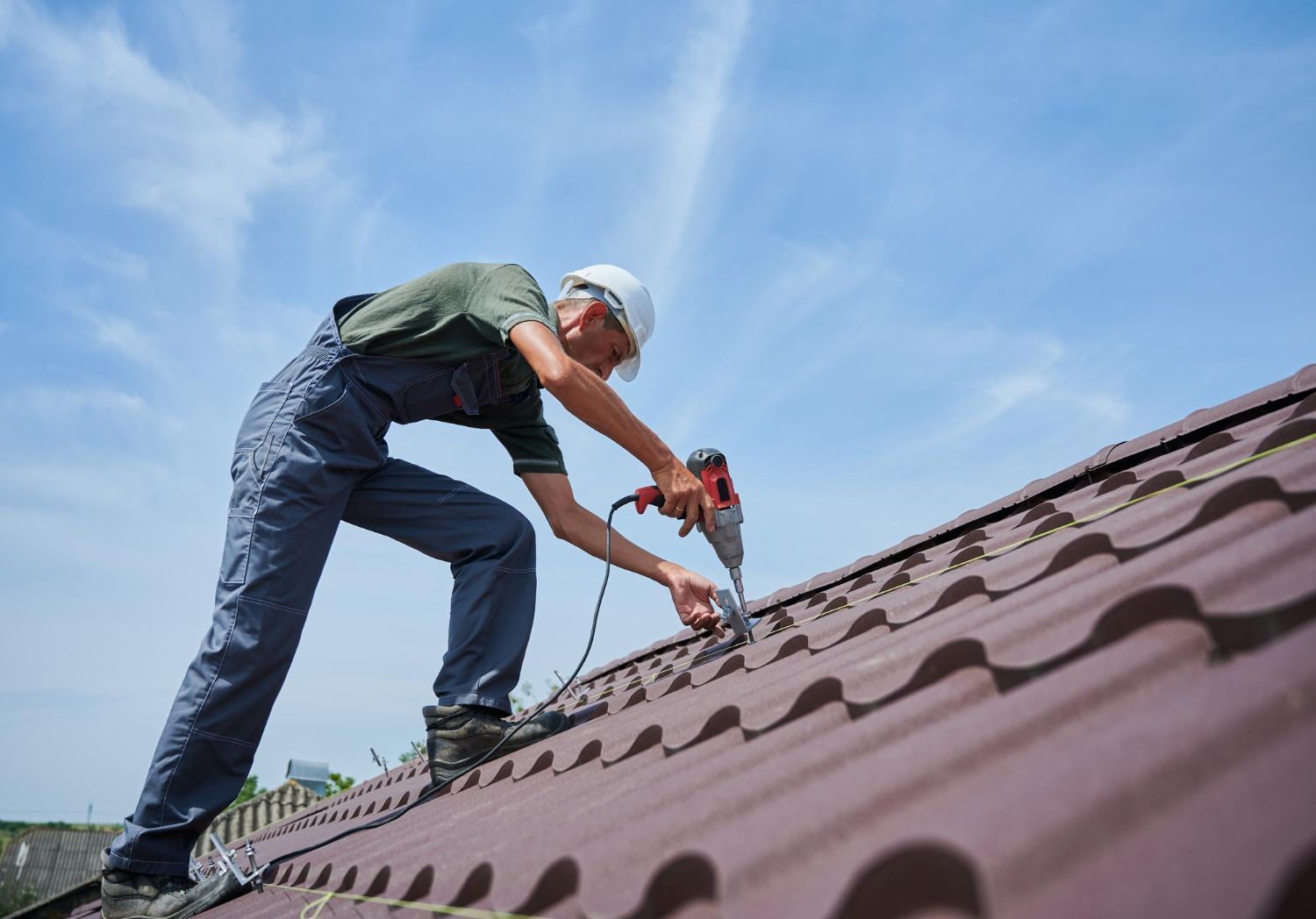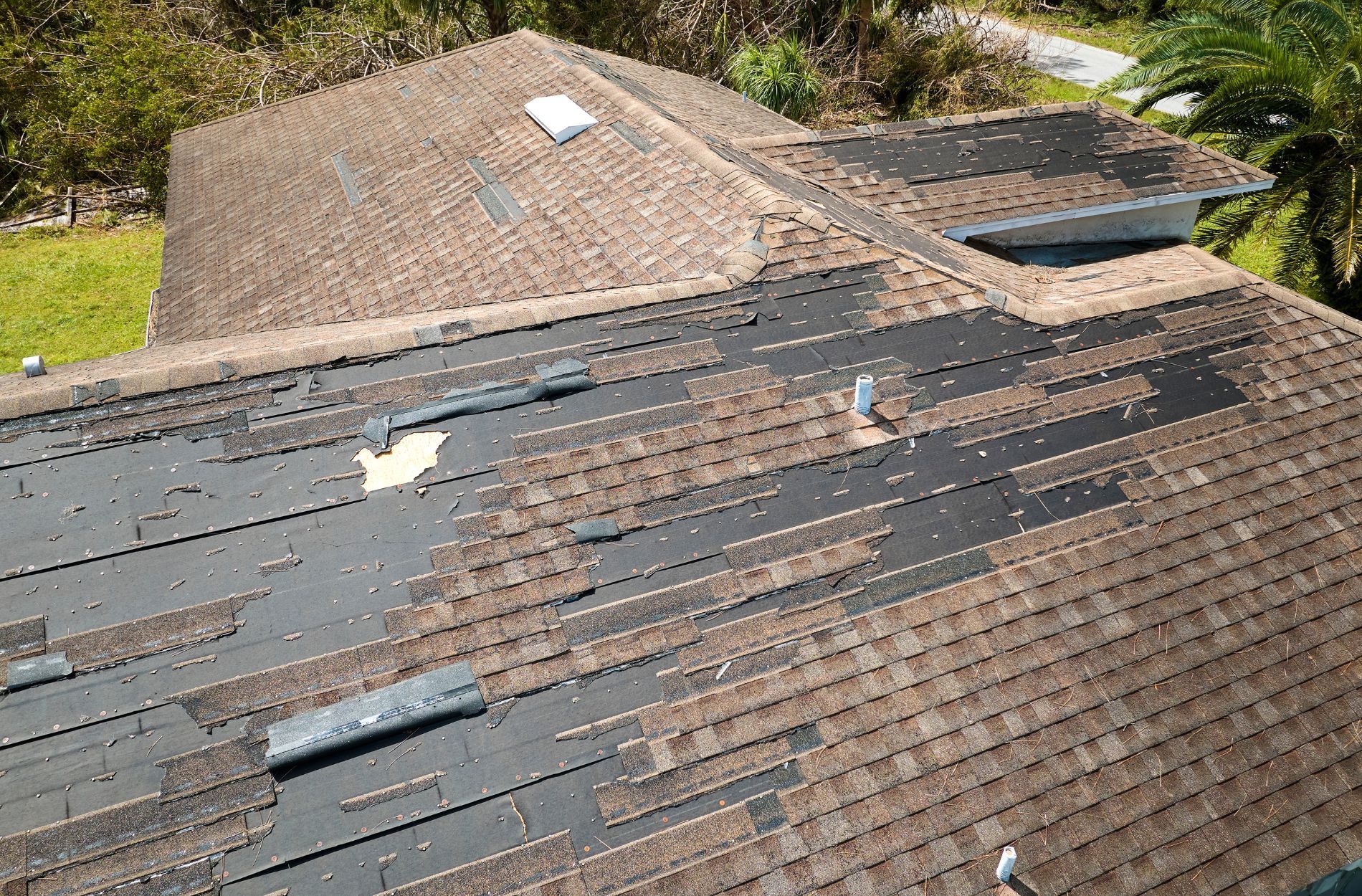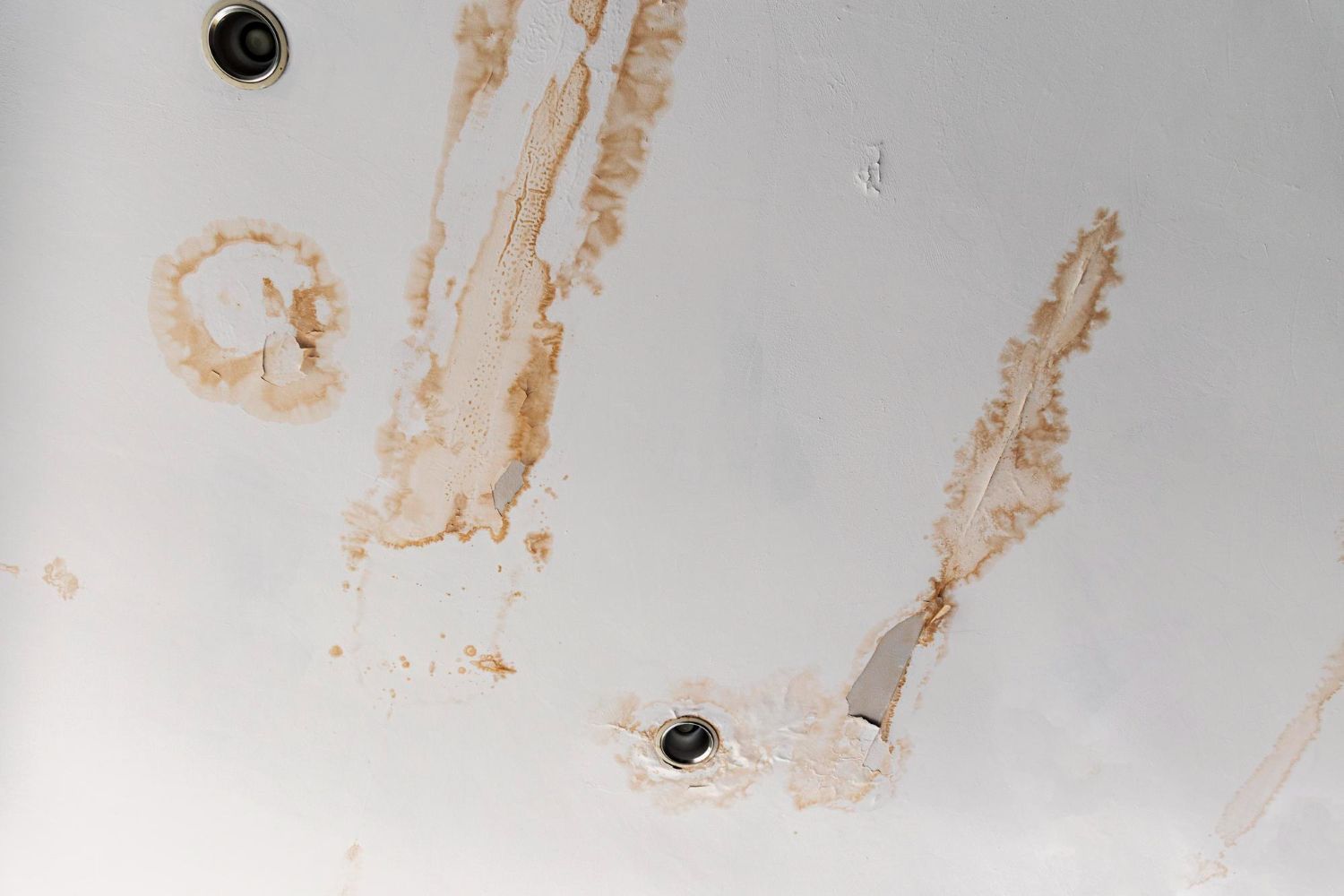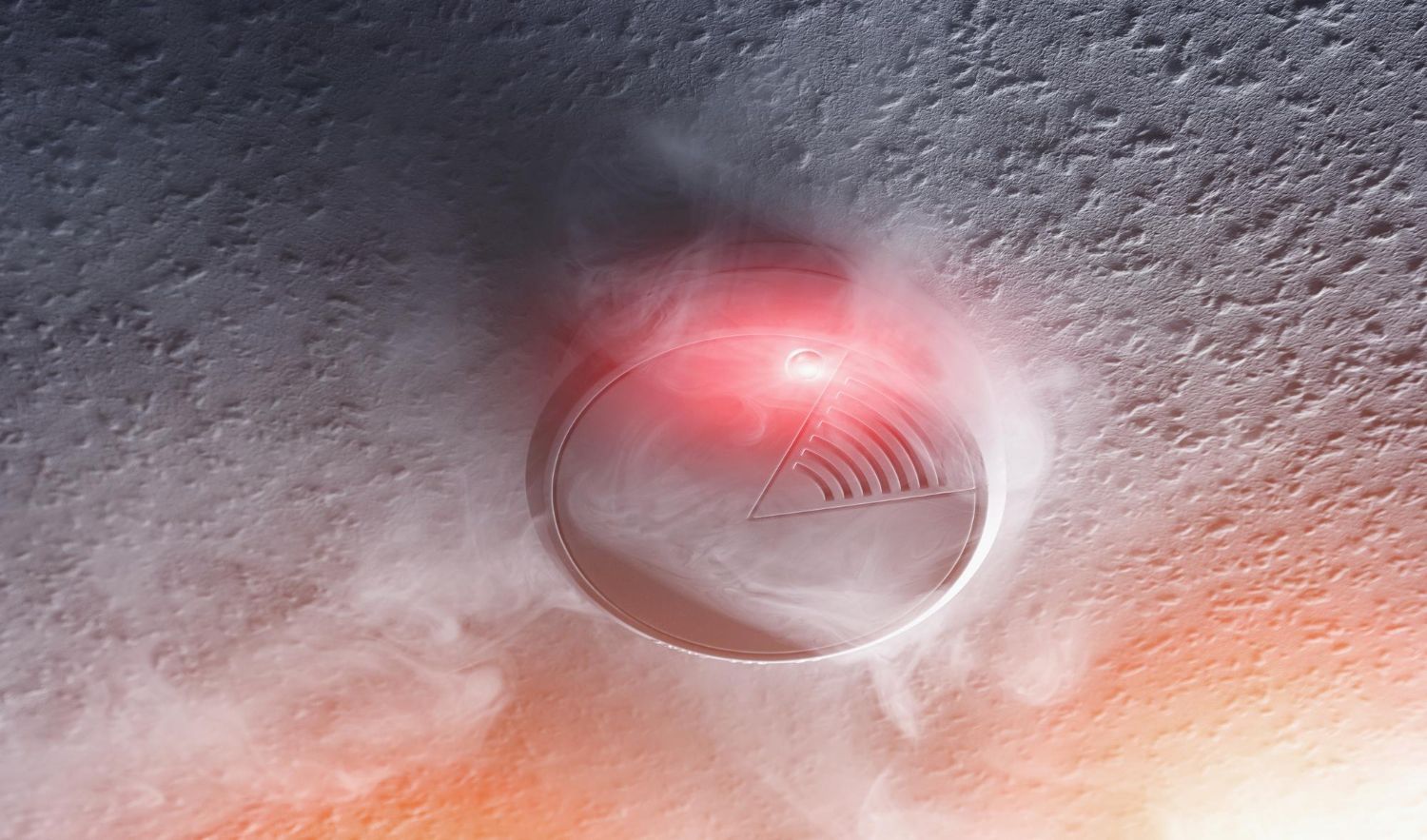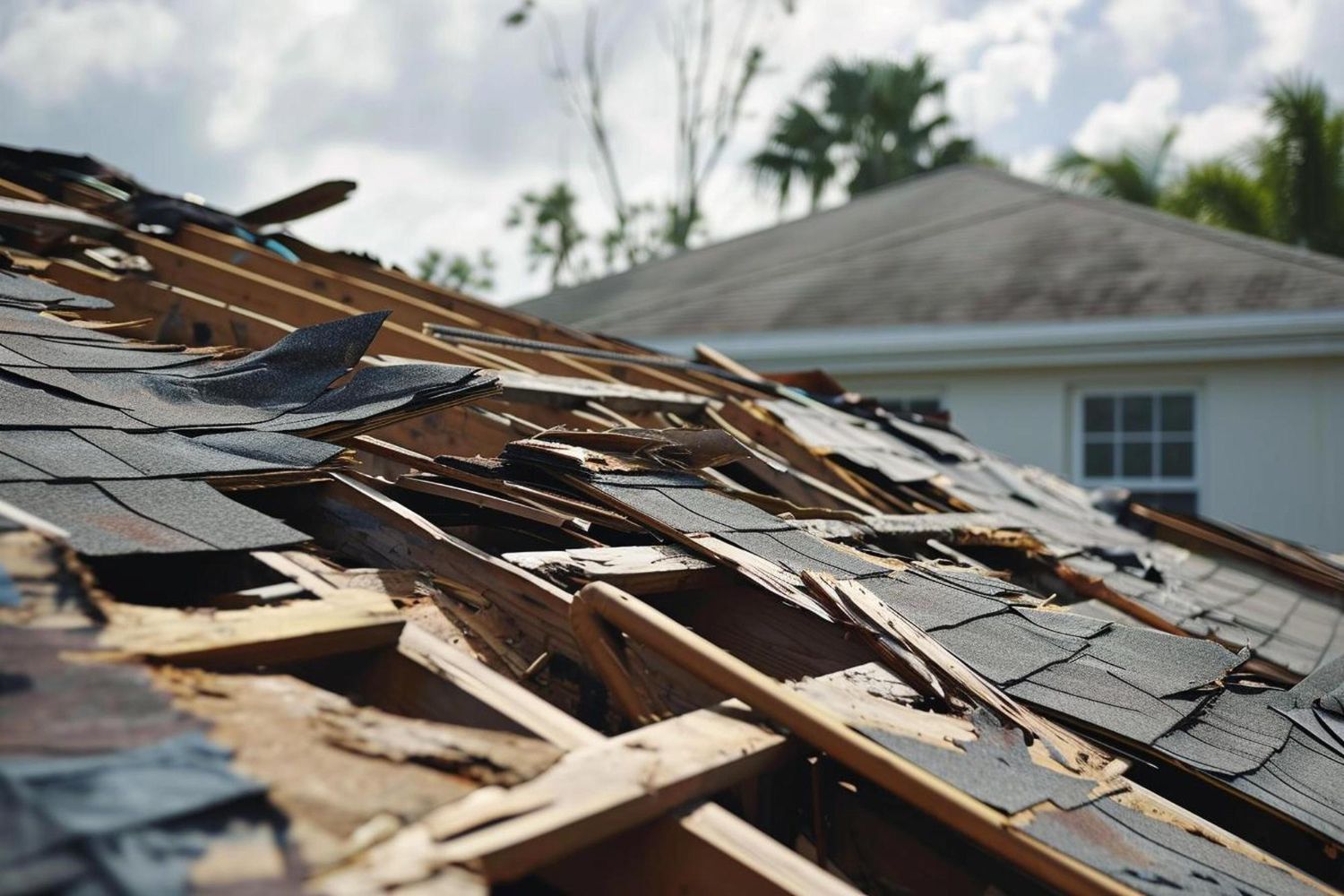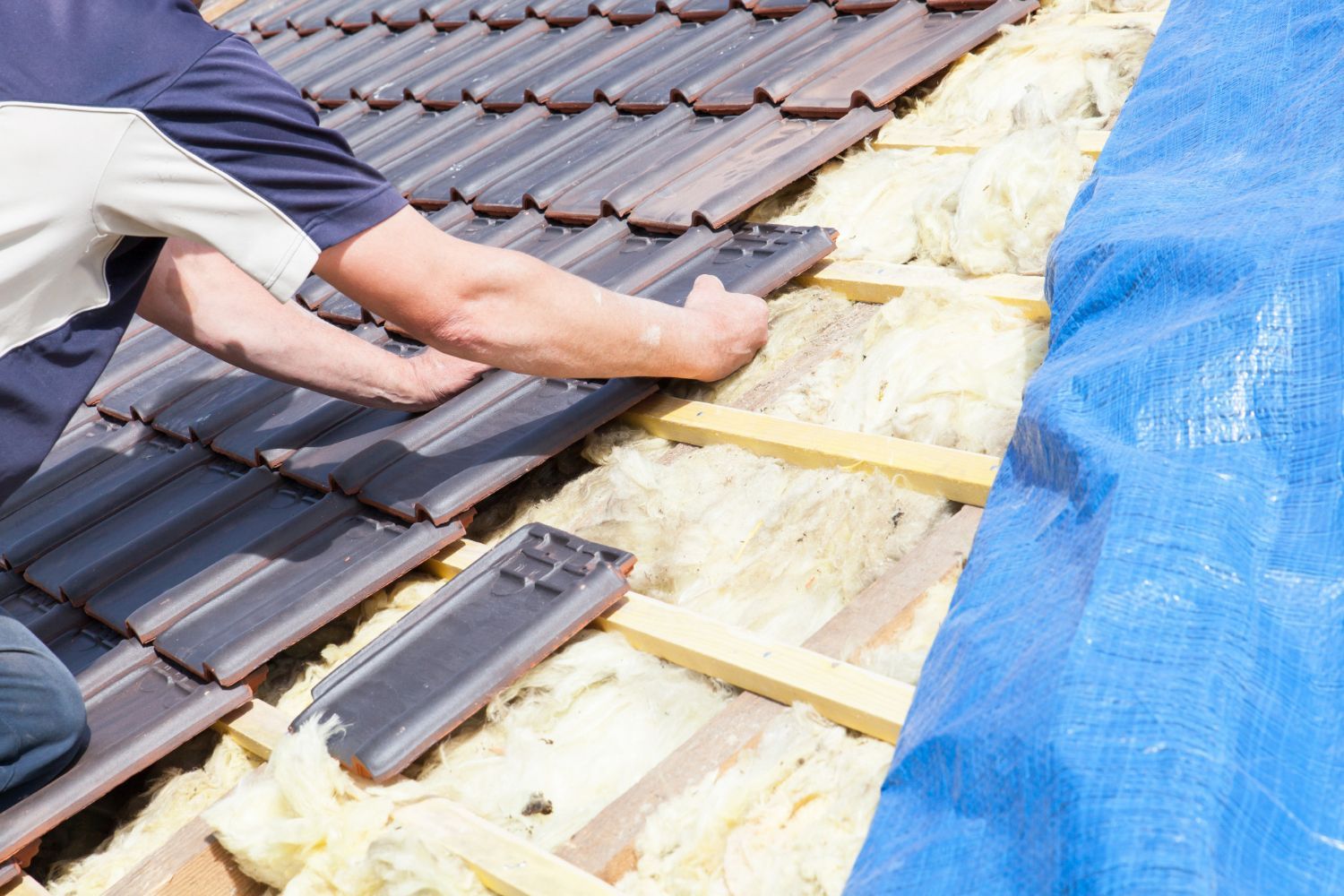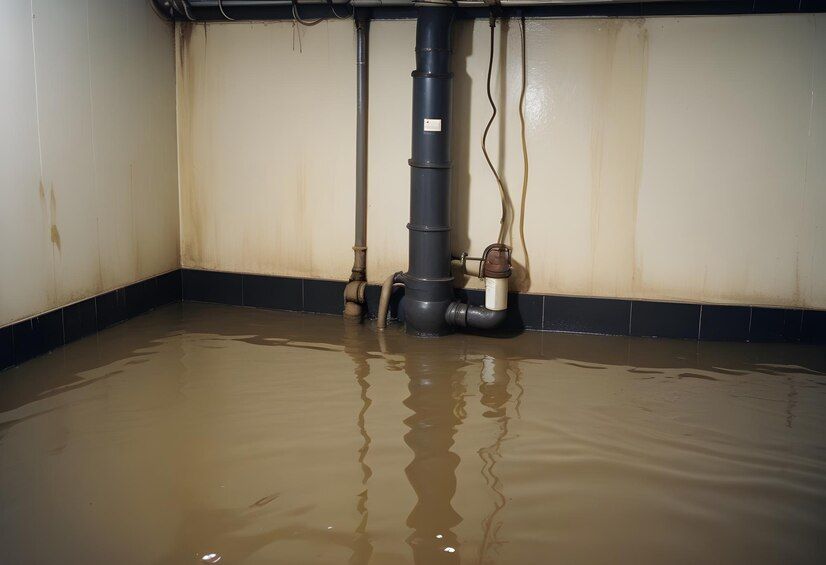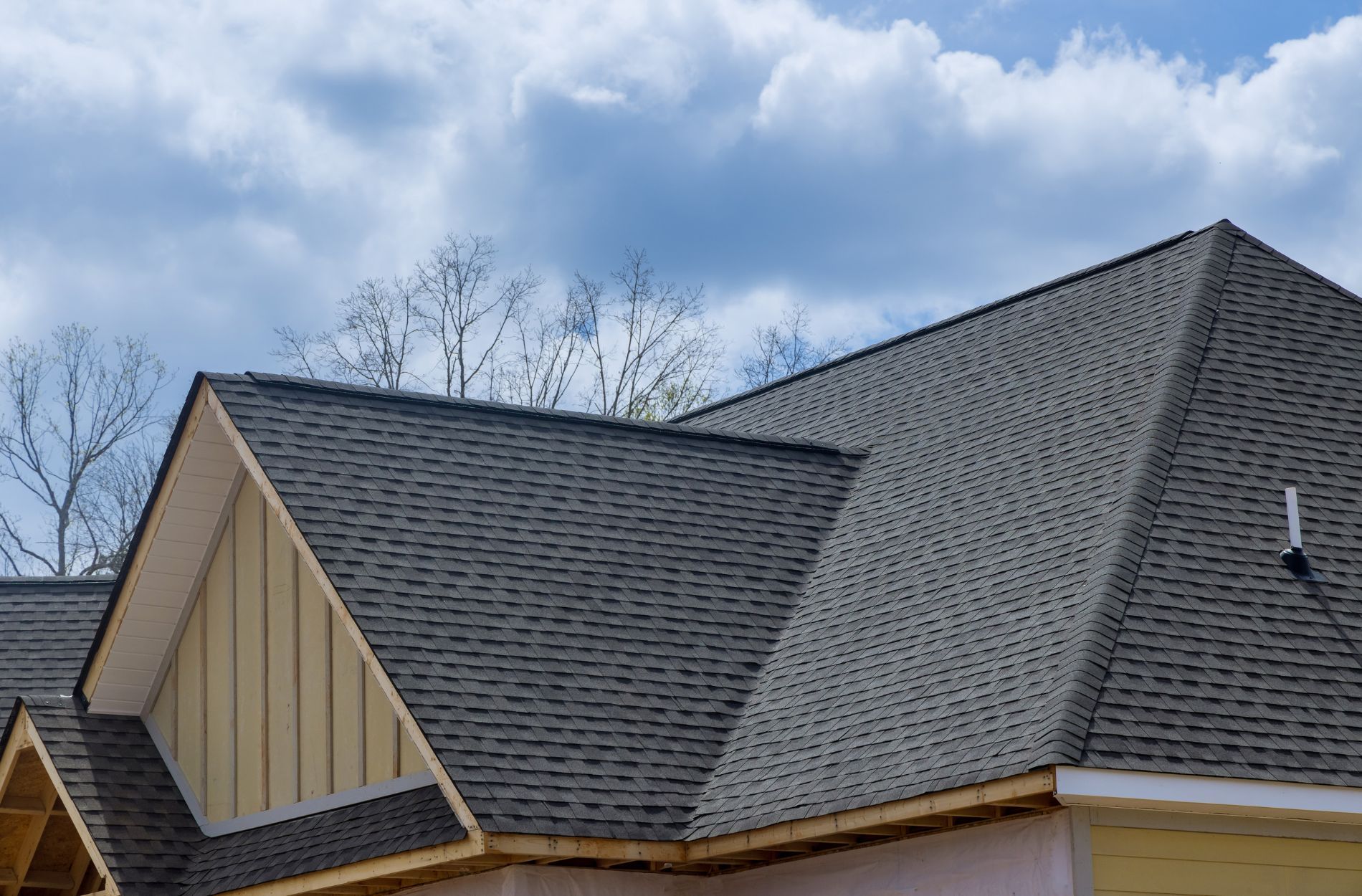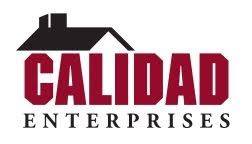Call Us Today (940) 283-6375
The Environmental Benefits of Energy-Efficient Roofing Solutions
With increasing awareness and concern about the impact of traditional building materials and methods on the environment, more and more property owners are considering sustainable and energy-efficient solutions. In particular, energy-efficient roofing systems not only contribute to reduced energy consumption and costs but also play a significant role in promoting a cleaner, greener future for our planet. This blog post will delve into the various environmentally friendly roofing options, technologies, and strategies that contribute to improved energy efficiency, enhanced property comfort, and a reduced carbon footprint.
Sustainable, energy-efficient roofing systems address several aspects of environmental concern. By adopting more responsible material choices, minimizing waste, and leveraging innovative technologies, these solutions help reduce the impact of roofing projects on the environment. Some benefits of energy-efficient roofing solutions include:
1. Lower energy consumption: Energy-efficient roofs help to regulate indoor temperatures, reducing the amount of energy needed to keep your property comfortable. As a result, you can expect lower heating and cooling costs, decreased dependence on fossil fuels, and less strain on the energy grid.
2. Cooler urban environments: In densely built-up areas, traditional dark-colored roofs tend to absorb and retain heat, contributing to higher urban temperatures – a phenomenon known as the Urban Heat Island Effect. Energy-efficient roofing materials reflect more sunlight, helping to keep urban areas cooler and mitigating the strain on energy systems.
3. Reduced waste: Sustainable roofing practices aim to minimize waste at every stage of the process, from selecting materials with recycled content and long lifespans to recycling waste produced during installation or maintenance.
4. Enhanced air quality: Improved indoor air quality is another compelling reason to consider energy-efficient roofing solutions. By providing better insulation and ventilation, these systems help to maintain optimal indoor air quality, reducing the need for chemical-laden air fresheners and other indoor pollutants.
Embrace the power of environmentally conscious roofing solutions and explore how you can enhance your property's energy efficiency, comfort, and sustainability while contributing to a greener future for everyone.
The Environmental Benefits of Energy-Efficient Roofing Solutions
Energy-Efficient Roofing Materials
When considering energy-efficient roofing options, material selection plays a crucial role. Various materials possess inherent properties that contribute to improved energy efficiency and reduced environmental impact:
1. Cool Roofing: Cool roofs utilize lighter-colored surfaces that effectively reflect sunlight and heat away from the building, helping to maintain a comfortable indoor temperature. Cool roofing materials can include metal, reflective coatings, single-ply membranes, and more.
2. Green Roofs: Green roofs, or living roofs, incorporate vegetation and a thin layer of soil on top of a waterproofing membrane. These roofs not only provide insulation but also help to absorb rainwater, reduce urban heat island effect, and provide a habitat for local wildlife.
3. Recycled Materials: Choosing roofing materials that incorporate recycled content, such as recycled shingles or metal, can help reduce waste and conserve resources, minimizing the overall environmental impact of your roofing project.
Insulation and Ventilation: Keys to Energy Efficiency
A well-insulated and adequately ventilated roofing system can significantly improve your property's energy efficiency, saving you money on utility bills and reducing environmental impact. Proper insulation reduces heat transfer, preserving a comfortable indoor temperature, while effective ventilation helps to regulate moisture levels, thus improving indoor air quality. To maximize the benefits of insulation and ventilation, consider the following strategies:
1. Thermal Insulation: Employing high-quality insulation materials with optimum R-value will enhance your roof's thermal efficiency, meaning less energy is needed to maintain desirable indoor temperatures.
2. Radiant Barriers: Installing a radiant barrier, such as aluminum foil, can help to reduce heat gain by reflecting heat away from your property. Radiant barriers work best in warmer climates, where cooling costs are a significant concern.
3. Attic Ventilation: Ensuring adequate attic ventilation will help to maintain proper moisture levels, reducing the risk of mold growth and potential indoor air quality issues. Attic ventilation can be improved with the help of soffit vents, ridge vents, or gable vents.
Innovative Roofing Technologies
Several innovative roofing technologies can contribute to greener, more energy-efficient roofing systems:
1. Solar Roofing: Installing solar panels or integrating solar shingles into your roofing system can help generate clean, renewable energy for your property. Solar energy systems can significantly reduce your energy bills and dependence on non-renewable energy sources.
2. Cool Roof Coatings: Cool roof coatings, typically made from reflective materials like pigmented polyurethane or elastomeric, can be applied to your existing roof to improve its heat-reflecting capabilities. These coatings can extend the life of your roof while reducing energy consumption and costs.
3. Thermoplastic Roofing: Thermoplastic roofing, such as TPO or PVC, features a reflective surface that helps to minimize heat absorption. These materials are also highly resistant to water, wind, and UV radiation, offering long-lasting durability.
Sustainable Roofing Maintenance and Practices
Adopting sustainable maintenance practices and ensuring responsible roof management can further contribute to energy efficiency and a reduced environmental footprint:
1. Regular Inspections: Scheduling routine professional roof inspections will help identify and address any potential issues that may affect energy efficiency, including damaged insulation, inadequate ventilation, or other repair needs.
2. Proactive Repairs: Addressing minor issues promptly can help to prevent more extensive problems later, preserving the efficiency and longevity of your roofing system.
3. Waste Reduction: Emphasize waste reduction during roof installations, repairs, or replacements. Choose materials that can be easily recycled and work with a roofing company committed to minimizing waste throughout the roofing process.
The Power of Sustainable, Energy-Efficient Roofing Solutions
Energy-efficient
roofing solutions offer numerous environmental benefits, from reduced energy consumption and cooler urban environments to minimized waste and enhanced air quality. By carefully selecting sustainable materials, optimizing insulation and ventilation, embracing innovative technologies, and implementing responsible maintenance practices, you can significantly improve your property's energy efficiency while contributing to a cleaner, greener, and more sustainable future.
Take the first step towards environmentally conscious property management by exploring energy-efficient roofing solutions with an experienced roofing, remodeling, and restoration company. Together, you can identify the most suitable options for your property, ensuring long-term cost savings, environmental benefits, and peace of mind. Get in touch with Calidad Enterprises today for more information.

COMPANY INFORMATION
Calidad Enterprises
650 E. State Highway 121
Suite 208
Lewisville, TX 75057
HOURS OF OPERATION
Emergency Services Available
All Rights Reserved | Calidad Enterprises | Powered By Aletheia Digital | Privacy Page

